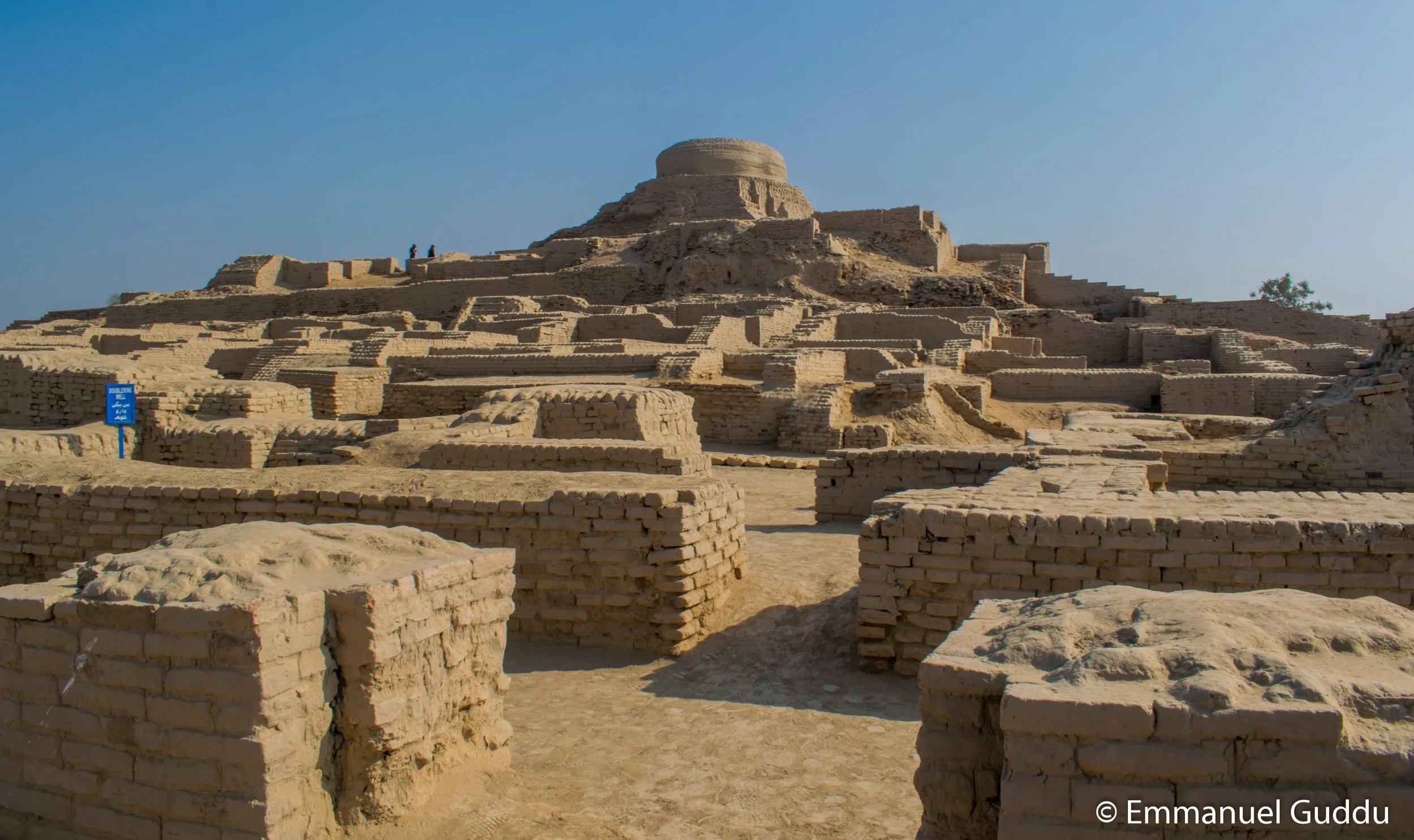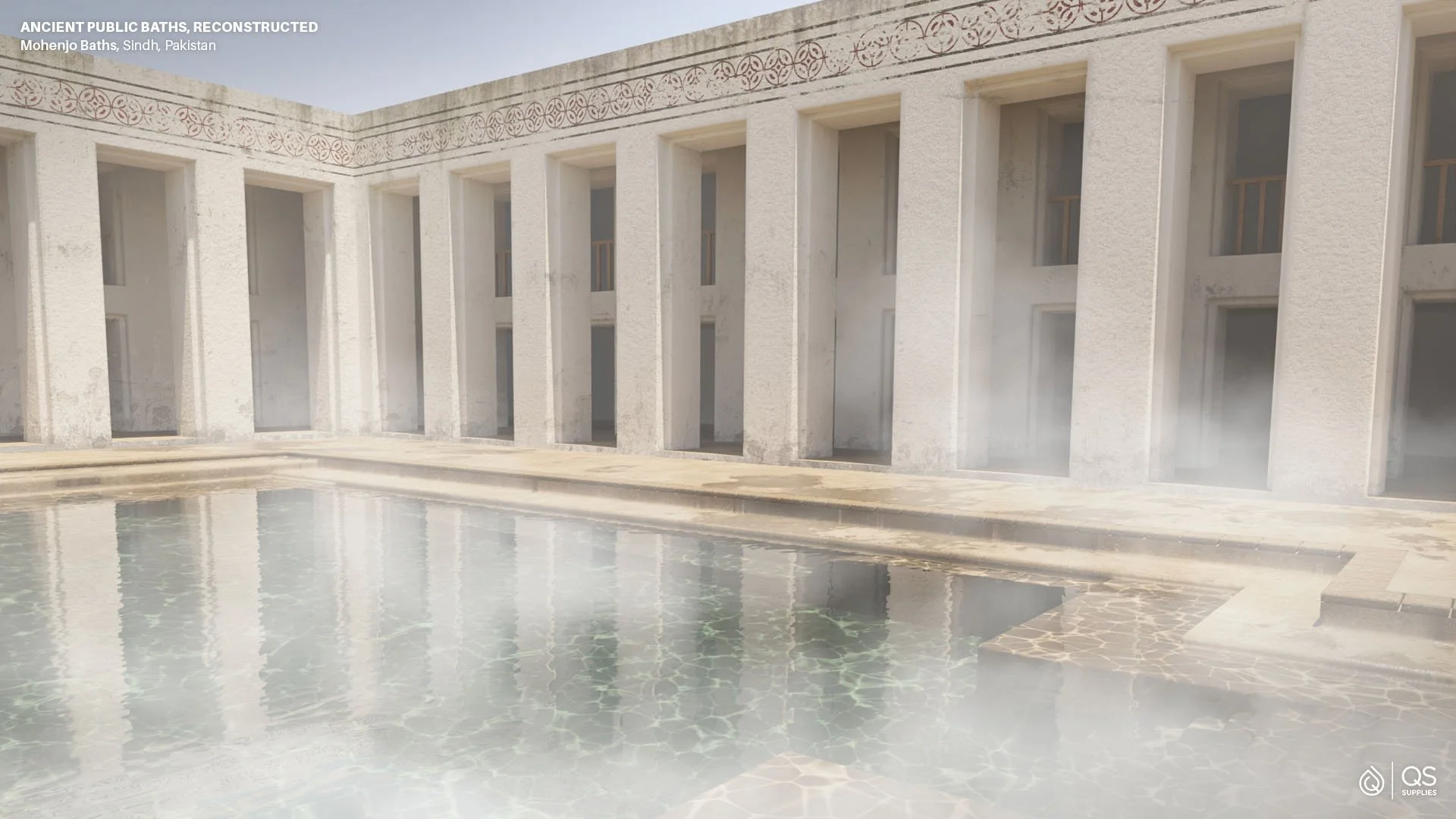The Great Bath
I’ve been thinking about the role of the bathhouse and bathing in society—specifically, how bathing practices define a culture. According to the 20th-century historian and critic Sigfried Giedeon, “some periods have viewed bathing as part of a broad ideal: total regeneration. Other periods have seen it as a mere ablution to be performed in swiftish routine… The role that bathing plays within a culture… is a measure of how far individual well-being is regarded as an indispensable part of community life.”
The Anishinaabe word for Finns (Finnish people) comes to mind, which translates to “the people who sweat lodge”—a fact I learned, no less, during a recent sauna session. By contrast, the early modern period in western Europe was not known for its excellent hygiene, as the religious institutions of the Reformation and Counter-Reformation competed with one another to sanction nudity and all things pleasurable. (Queen Isabella I of Spain is famous for having boasted of taking a bath only twice in her life—once on the day she was born, and again on her wedding night.)
But perhaps no society is more defined, if not by its bathing habits than by its bathing fixtures, than the early Bronze Age city of Mohenjo-Daro (c. 2600-1900 BCE). Mohenjo-Daro was among the world’s first large-scale, planned human settlements, and the largest city of the ancient Indus Valley Civilization—which at its height encompassed much of the area of modern-day Pakistan and northern India. At approximately 40,000 inhabitants, Mohenjo-Daro’s size rivaled the other great cities of the Bronze Age—in Egypt, Mesopotamia, Minoan Crete, and Norte Chico. And at the city’s center stood a giant public bath.
The Great Bath, as the structure is known by archaeologists, is located high on a mound at the center of the city in a zone referred to as the Upper Citadel. It is lined by bricks sealed with plaster and bitumen, measures forty feet long and over six feet deep, and bathers entered on either side via timber treads.
Mohenjo-Daro’s commitment to bathing and purity did not stop at the walls of the Upper Citadel, as smaller, personal bathing facilities are ubiquitous among the city’s many dwellings. Additionally, the city benefited from sophisticated drainage and sewage infrastructure, including terracotta pipes, as well as private and public toilets. Clearly then, the Bronze Age people of Mohenjo-Daro had a very different relationship with hygiene than those of sixteenth-century Spain.
So what does it mean to center civic life around bathing? For one, let’s consider what’s absent in Mohenjo-Daro. Unlike its contemporary cities in Mesopotamia and Egypt, for example, Mohenjo-Daro lacks any evidence of hierarchical rule. It has no “palace” or “temple complex” like those commonly found in other Bronze Age cities—like Knossos, Uruk, and Memphis—from which a sovereign or priest class would rule. There are no monuments dedicated to kings, gods, or warlords; no self-aggrandizing works of art; nor any grand burials replete with precious metals and weaponry. For this reason, Mohenjo-Daro is sometimes known as a “faceless” city.
Moreover, there is no evidence of concentrated wealth in Mohenjo-Daro. Material valuables and potential status symbols such as metals, gems, written works, terracotta figures, and standardized weights and measures are ubiquitous throughout Mohenjo-Daro’s many dwellings, all of which suggests a far greater degree of economic and political equality than existed in comparative Bronze Age cities.
And while it’s difficult to talk about any culture at a distance of forty-five hundred years, Mohenjo-Daro leaves us more to work with than most as the Bronze Age’s best preserved city.
By its appearance then, Mohenjo-Daro seems to have been home to a relatively egalitarian society, one that valued the health, cleanliness, and “total regeneration” of the individual as a social responsibility. Rather than construct a palace or a pyramid or any other such symbol of hierarchical power as the central motif of their civilization, the people of Mohenjo-Daro chose to represent themselves with a public bath.
It’s tempting to imagine what the city’s founders were thinking. Were they aware of other megacities like Ur and Memphis—places where the built environment reflected the strict hierarchical relationships of their inhabitants and the glorification of Gods and Pharaohs as their central unifying civic principal? If so, was the construction of Mohenjo-Daro an act of schizmo-genesis—that is, a deliberate departure from the design and social structure of other great cities? Or was it rather an authentic act of cultural inspiration, unclouded by the directions taken by other cultures?
Personally, I like to imagine that no one involved in the design and construction of Mohenjo-Daro had any idea what a large city ought to look like, and in their ignorance built a megacity with baths in every home and a giant public bath at its center. Perhaps the reason for building such an unprecedentedly large settlement in the first place was to create a space where thousands of people could gather and enjoy bathing together, free of the types of coercive relationships that defined much of the rest of the Bronze Age world. Utopias have been founded on worse ideas.
*Bibliography: Mechanization Takes Control, Sigfried Giedeon; Mohenjo-Daro, The History and Legacy of the Ancient Settlement of the Indus Valley Civilization, Charles River Editors; The Dawn of Everything, David Wengrow and David Greaber; Wikipedia.



